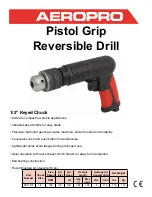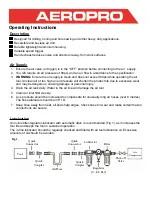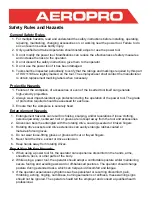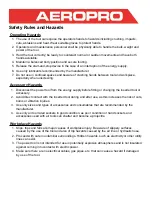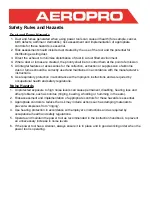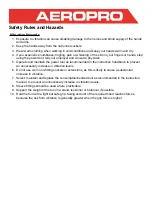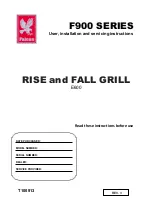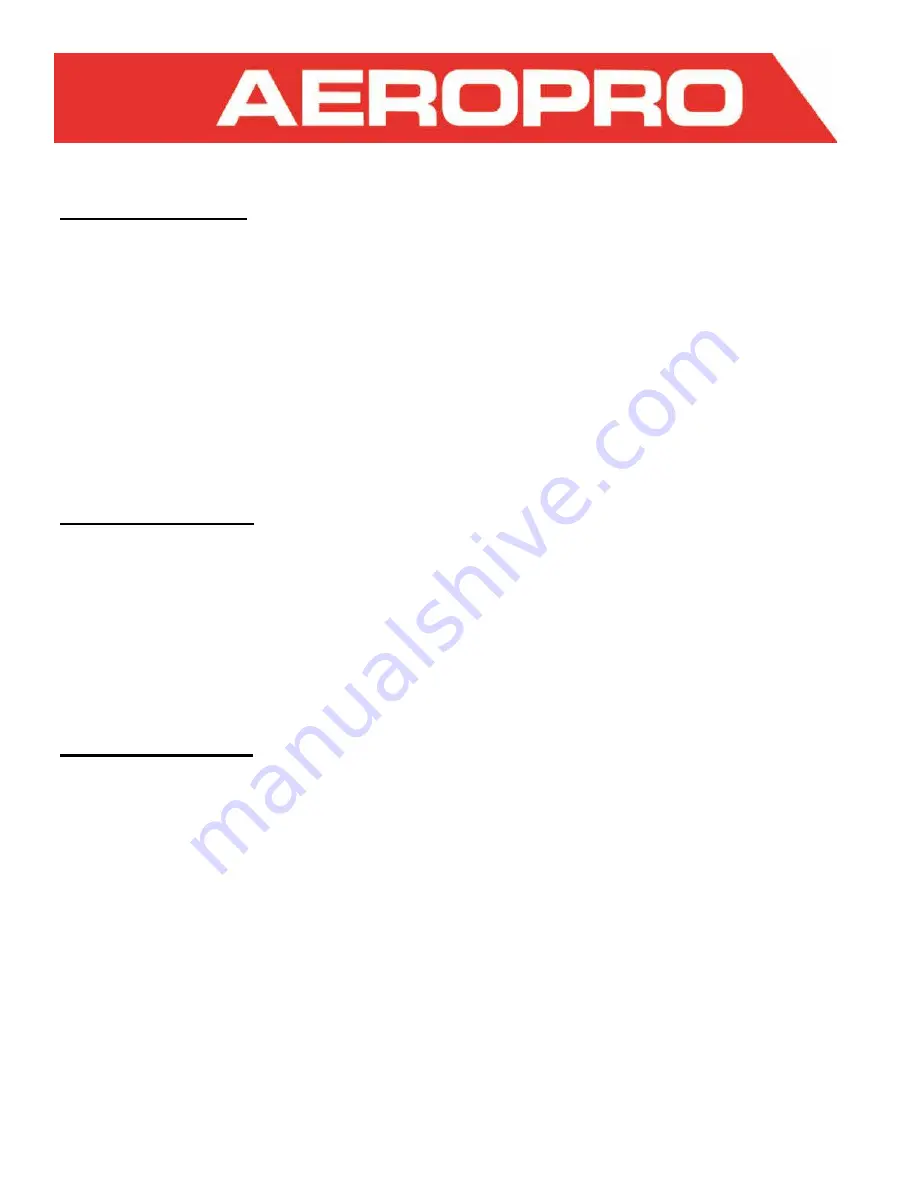
Operating Hazards
1.
The use of the tool can expose the operators hands to hazards including crushing, impacts,
cuts, abrasions and heat. Wear suitable gloves to protect hands.
2.
Operators and maintenance personnel shall be physically able to handle the bulk, weight and
power of the tool.
3.
Hold the tool correctly; be ready to counteract normal or sudden movements and have both
hands available.
4.
Maintain a balanced body position and secure footing.
5.
Release the start-and-stop device in the case of an interruption of the energy supply.
6.
Use only lubricants recommended by the manufacturer.
7.
Do not use in confined spaces and beware of crushing hands between tool and workpiece,
especially when unscrewing.
Safety Rules and Hazards
Accessory Hazards
1.
Disconnect the power tool from the energy supply before fitting or changing the inserted tool or
accessory.
2.
Avoid direct contact with the inserted tool during and after use, as this increases the risk of cuts,
burns or vibration injuries.
3.
Use only sizes and types of accessories and consumables that are recommended by the
manufacturer.
4.
Use only air tool rated sockets in good condition, as poor condition or hand sockets and
accessories used with air tools can shatter and become a projectile.
Workplace Hazards
1.
Slips, trips and falls are major causes of workplace injury. Be aware of slippery surfaces
caused by the use of the tool and also of trip hazards caused by the air line or hydraulic hose.
2.
Proceed with care in unfamiliar surroundings. Hidden hazards, such as electricity or other utility
lines can exist.
3.
The power tool is not intended for use in potentially explosive atmospheres and is not insulated
against coming into contact with electric power.
4.
Make sure there are no electrical cables, gas pipes, etc. that can cause a hazard if damaged
by use of the tool.

